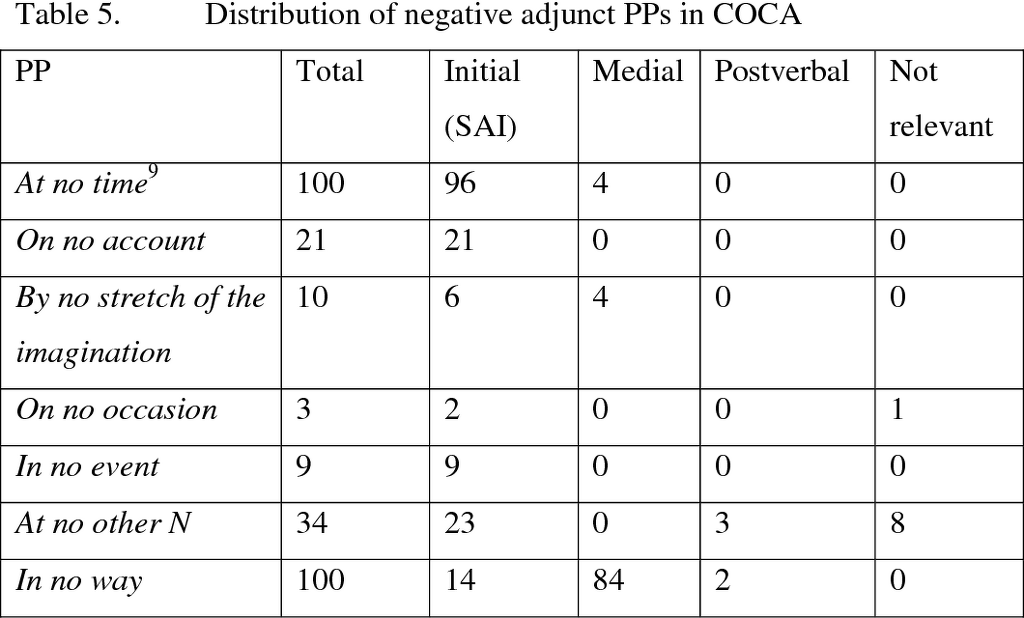A fast collection period may not always be beneficial as it simply could mean that the company has strict payment rules in place. In addition to being limited to only credit sales, net credit sales exclude residual transactions that impact and often reduce sales amounts. This includes any discounts awarded to customers, product recalls or returns, or items re-issued under warranty. PYMNTS reports state that 88% of businesses automating their AR processes see a significant reduction in their DSO.
The average receivables turnover is simply the average accounts receivable balance divided by net credit sales; the formula below is simply a more concise way of writing the formula. Accounts receivable is What is the Meaning of a Low or High Average Collection Period? a business term used to describe money that entities owe to a company when they purchase goods and/or services. AR is listed on corporations’ balance sheets as current assets and measures their liquidity.
Shortening bank processing time
You can compare their average collection periods in contrast with the terms they set for their clients to determine how successful they are at collecting on debts. The average collection period ratio is closely related to your accounts receivable turnover ratio. While the turnover ratio tells you how often you collect your accounts, the collection period ratio tells you how long it takes you to collect accounts. If your average collection period is higher than you would like, this may signal challenges in unlocking working capital and hinder your business’ ability to meet its financial obligations. Slower collection times could result from clunky billing payment processes; or they might result from manual data entry errors or customers not being given adequate account transparency. This will shorten the average collection period, but will also likely reduce sales, as some customers take their business elsewhere.
The average collection period is an estimation of the average time period needed for a business to receive payment for money owed to them. This is particularly useful for companies that sell products or services through lines of credit. The average collection period is also referred to as the days to collect accounts receivable and as days sales outstanding. The average collection period indicates the effectiveness of a firm’s accounts receivable management practices.
Importance of Average Collection Period
Average collection period can inform you of how effective—or ineffective—your accounts receivable management practices are. It does so by helping you determine short-term liquidity, which is how able your business is to pay its liabilities. Average collection period is important as it shows how effective your accounts receivable management practices are.

Companies may also compare the average collection period with the credit terms extended to customers. For example, an average collection period of 25 days isn’t as concerning if invoices are issued with a net 30 due date. However, an ongoing evaluation of the outstanding collection period directly affects the organization’s cash flows. Some businesses, like real estate, for example, rely heavily on their cash flow to perform successfully. They need to be aware of how much cash they have coming in and when so they can successfully plan. This can also be a helpful tool to compare the performance of one business to another.
How to Interpret a Decreased Average Collection Period
Customers who don’t find their creditors’ terms very friendly may choose to seek suppliers or service providers with more lenient payment terms. Net credit sales are the total of all credit sales minus total returns for the period in question. In most cases, this net credit sales figure is also available from the company’s balance sheet. A lower average collection period is better for the company because it means they are getting paid back at a faster rate. This allows them to have more cash on hand to cover their costs and reinvest in the business. The repayment terms of the collection might be too soon for some, and they would go looking for credit options that had a longer repayment period.
The importance of metrics for your accounts receivable and collections management isn’t lost on you. You need a measuring stick to determine exactly how effective your efforts are. To improve the average collection period, companies must become proactive in their collections approach. Automating the order to cash process to make it more efficient will also help reduce DSO.
Schedule your large payments on days when the cash flow is looking up. Adjust your accounts receivable in line with this process and strategically manage both payment sections. If you discover https://accounting-services.net/straight-line-vs-accelerated-depreciation/ shockingly high values when you calculate average collection period, you must work on ways to reduce them. Here are the ways to shorten the collection period without losing customers.

The articles and research support materials available on this site are educational and are not intended to be investment or tax advice. All such information is provided solely for convenience purposes only and all users thereof should be guided accordingly. If you are using a period of 1 year, you should be using 365 days in the period. This is a threat as the company will always be behind and never have needed funds in stock to achieve its plans. Average collection period boils down to a single number; however, it has many different uses and communicates a variety of important information.
